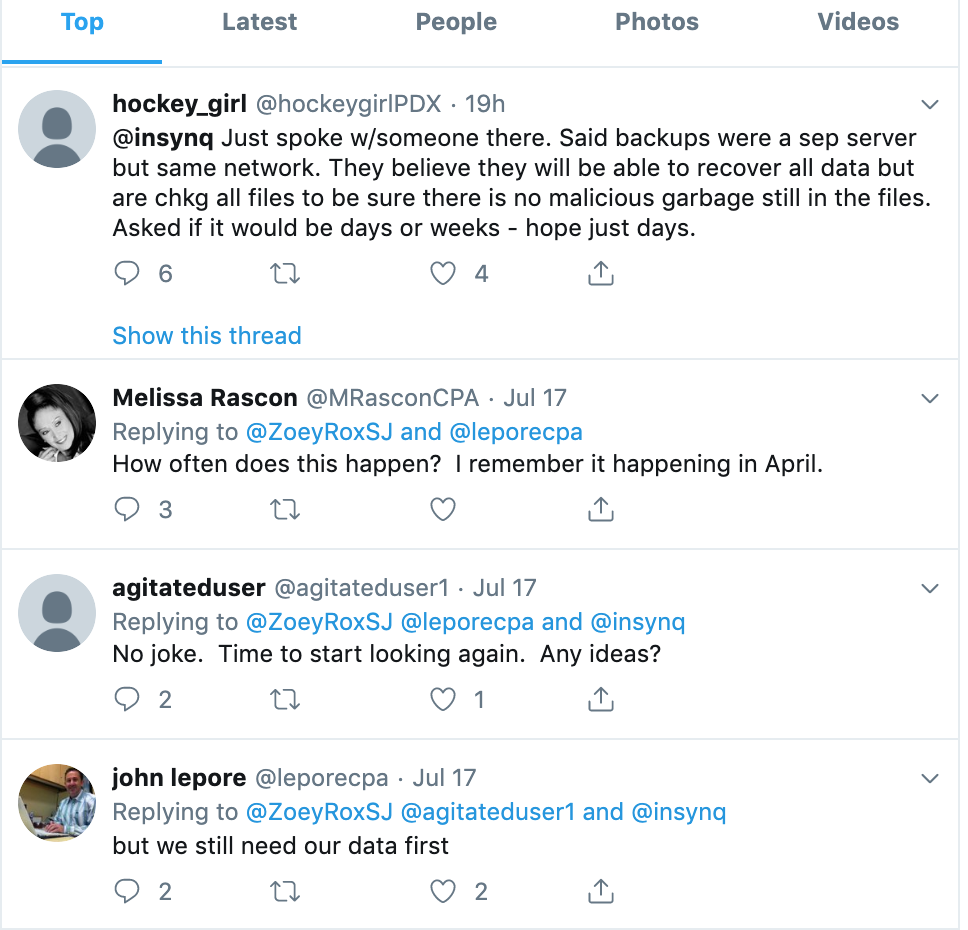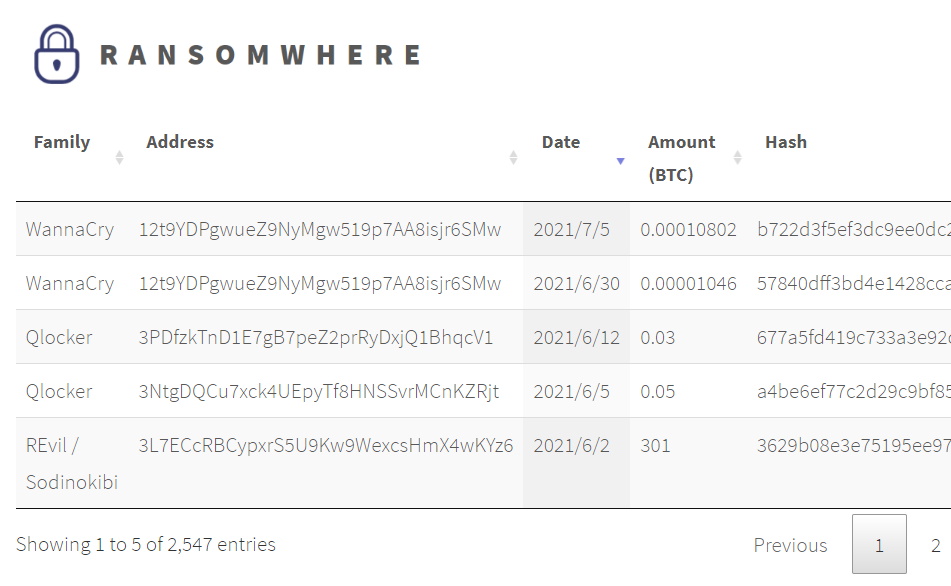

Importantly, the name and email address of each Autonomous System’s official contact for making updates with the IRRs is public information. “Other IRR operators have fully deprecated MAIL-FROM.”

“LEVE元 is the last IRR operator which allows the use of this method, although they have discouraged its use since at least 2012,” Korab told KrebsOnSecurity. And virtually all IRRs have disallowed its use since at least 2012, said Adam Korab, a network engineer and security researcher based in Houston.Īll except Level3, a major Internet backbone provider acquired by Lumen/CenturyLink. Of these, MAIL-FROM has long been considered insecure, for the simple reason that it’s not difficult to spoof the return address of an email. MAIL-FROM: The requestor sends the record changes in an email to the IRR, and the authentication is based solely on the “From:” header of the email.
#Cable krebs ransomwhere update#
PGPKEY: The requestor signs the email containing the update with an encryption key the IRR recognizes
#Cable krebs ransomwhere password#
CRYPT-PW: A password is added to the text of an email to the IRR containing the record they wish to add, change or delete (the IRR then compares that password to a hash of the password) But over the years the various IRRs made it easier to automate this process via email.įor a long time, any changes to an organization’s routing information with an IRR could be processed via email as long as one of the following authentication methods was successfully used: In the early days of the Internet, when organizations wanted to update their records with an IRR, the changes usually involved some amount of human interaction - often someone manually editing the new coordinates into an Internet backbone router. In essence, an organization can use IRRs to declare to the rest of the Internet, “These specific Internet address ranges are ours, should only originate from our network, and you should ignore any other networks trying to lay claim to these address ranges.” Ī key function of the BGP data maintained by IRRs is preventing rogue network operators from claiming another network’s addresses and hijacking their traffic. That neighbor in turn passes the information on to its neighbors, and so on, until the information has propagated everywhere. Using BGP, an AS tells its directly connected neighbor AS(es) the addresses that it can reach. Regardless of how they get online, each AS uses the same language to specify which Internet IP address ranges they control: It’s called the Border Gateway Protocol, or BGP. Each of these so-called “Autonomous Systems” (ASes) make their own decisions about how and with whom they will connect to the larger Internet. There are about 70,000 distinct networks on the Internet today, ranging from huge broadband providers like AT&T, Comcast and Verizon to many thousands of enterprises that connect to the edge of the Internet for access. Collectively, the information voluntarily submitted to the IRRs forms a distributed database of Internet routing instructions that helps connect a vast array of individual networks. The data maintained by the IRRs help keep track of which organizations have the right to access what Internet address space in the global routing system. These IRRs maintain routing databases used by network operators to register their assigned network resources - i.e., the Internet addresses that have been allocated to their organization.

(formerly CenturyLink) is one of more than two dozen entities that operate what’s known as an Internet Routing Registry (IRR). This is the nature of a threat vector recently removed by a Fortune 500 firm that operates one of the largest Internet backbones.īased in Monroe, La., Lumen Technologies Inc. Imagine being able to disconnect or redirect Internet traffic destined for some of the world’s biggest companies - just by spoofing an email. A visualization of the Internet made using network routing data.


 0 kommentar(er)
0 kommentar(er)
